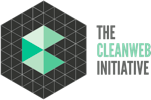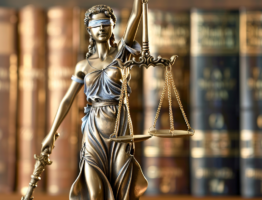Artificial Intelligence seemed like a fantasy just a few years ago, but these days it’s a lived reality that’s radically reshaping our world. One of the most impressive advancements brought about by the development of AI is the ability to nearly-effortlessly detect plagiarized text. While universities, businesses, governments, and countless other institutions have struggled with plagiarism for as long as humans have been writing and stealing, the advent of AI could help eradicate taking undue credit for someone else’s work once and for all.
How is AI different from previous anti-plagiarism measures, and why are companies and schools eagerly embracing it? Here’s a review of how AI can check plagiarized text to determine if unethical stealing is taking place.
Defining plagiarism
There’s no meaningful way to discuss how AI can check for plagiarized text until we arrive at a coherent and shared understanding of what plagiarism is in the first place. Unfortunately, that’s easier said than done, largely because different institutions define plagiarism differently, even if they all generally fall within the same theoretical guidelines. Generally speaking, plagiarism is considered the unethical passing off of someone else’s work as your own, but there are specific types of plagiarism worth familiarizing yourself with that can be a bit confusing. After all, AI will (or should) respond to different types of plagiarism by providing differing solutions.
“Complete plagiarism” is certainly the most egregious form; this is when one person copies the entirety of someone else’s work without making any unique contributions at all before passing it off as their own original work. Complete plagiarism has cost people their careers, and for good reasons; professors who plagiarized their dissertations had their degrees revoked, CEOs who plagiarized a book have been unceremoniously fired, and politicians who plagiarized a campaign speech have lost elections or suffered politically for it. Luckily, this is what AI can deal with the best.
Google and other companies have released software that helps teachers identify students who copy and pasted the entirety of their essays. Even savvier, vaguer, and less-complete plagiarism can be detected by neural networks that have natural language processing abilities which can determine when a student is only partially ripping off another writer. Even more thorough scanning services will become the norm in the near-future.
AI can pour gasoline on the fire
AI isn’t simply a tool for combating plagiarism; sometimes, AI can pour gasoline into the fire by helping plagiarists successfully pass off their stolen work as being original. While machine learning that analyzes the complexity and length of sentences can be used to thwart plagiarists, some programs can be used to machine-generate text that looks like it was written by humans. AI is excellent at writing fake news, for instance, and there are other reasons to think that it will be a weapon used by both sides during the war against plagiarism. Tools like OpenAI’s GPT-2 algorithm will be used by scammers to try and fool plagiarism detectors as time goes on. If you can’t write it yourself, you can always get a machine to do it.




